The Invention of the Aqua-Lung
Perhaps Jacques Cousteau’s most significant contribution to underwater diving equipment was his co-invention of the Aqua-Lung in 1943. Prior to this invention, underwater diving was severely limited by bulky and restrictive equipment that tethered divers to the surface, such as the classic "hard hat" diving suits and surface-supplied air hoses. These systems made movement difficult and restricted the depth and range divers could explore.The breakthrough came when Cousteau collaborated with French engineer Émile Gagnan to develop a more practical, self-contained underwater breathing apparatus (SCUBA). Gagnan, who had experience working with compressed gas systems, partnered with Cousteau to create a system that allowed divers to carry their air supply with them. They designed the Aqua-Lung, an open-circuit demand valve system that provided air only when the diver inhaled. This made air consumption more efficient and allowed divers to stay underwater for longer periods without needing surface support.
The Aqua-Lung was revolutionary in several ways:
- Self-contained: Divers were no longer dependent on surface equipment, allowing for true freedom of movement and exploration underwater.
- Portable: The Aqua-Lung was compact and light enough to be carried easily, making it practical for a wide range of diving activities.
- Efficient: The demand valve only released air when needed, vastly improving the duration of dives compared to previous technologies.
The invention of the Aqua-Lung fundamentally transformed diving, allowing Cousteau and countless others to explore underwater environments more thoroughly and safely. It became the foundation for modern SCUBA diving equipment and opened the door to recreational diving as we know it today.
Diving Gear Innovations and Refinements
Cousteau’s influence on underwater diving equipment extended far beyond the Aqua-Lung. As an avid explorer, Cousteau and his team worked to improve and refine many aspects of diving gear to make underwater exploration more efficient, comfortable, and accessible.Buoyancy Control Devices (BCD)
One of the key challenges divers face is maintaining buoyancy underwater. Too much buoyancy can cause a diver to float uncontrollably to the surface, while too little can make it difficult to stay off the ocean floor. To address this, Cousteau played a role in the development and popularization of early buoyancy control devices (BCDs), which allow divers to adjust their buoyancy while underwater. By inflating or deflating the BCD, divers can achieve neutral buoyancy, making it easier to explore underwater without constantly struggling to maintain depth. Modern BCDs, which are standard in all diving gear, owe much to these early innovations.
The Dive Belt
Another critical component of early SCUBA diving gear, often used in conjunction with the Aqua-Lung, was the dive belt. Cousteau and his team refined the use of dive belts, loaded with lead weights, to help divers counteract their natural buoyancy. This simple yet essential piece of equipment allowed divers to descend and maintain control at various depths. The dive belt remains a vital part of modern diving, though its design has been improved over the years.
Fins, Masks, and Snorkels
Cousteau was a firm believer in streamlining and improving the basic tools divers used. His team refined diving fins, making them more efficient and hydrodynamic for propulsion through water. They also advanced the design of masks to improve visibility, comfort, and safety, allowing divers to see more clearly and prevent fogging. The snorkel, though a relatively simple piece of equipment, also benefited from Cousteau’s work, as he helped popularize its use for surface swimming before deeper dives.
Underwater Filmmaking Technology
Beyond SCUBA gear, Cousteau’s influence extended into underwater filmmaking equipment, which played a crucial role in sharing the wonders of the ocean with the world. His films, including the Academy Award-winning The Silent World (1956), brought unprecedented underwater footage to audiences who had never before seen the marine life and ecosystems hidden beneath the waves.Waterproof Cameras and Housings
To capture these images, Cousteau and his team were pioneers in developing waterproof camera housings and other filming equipment specifically designed for use underwater. Early underwater cameras were bulky, unreliable, and often failed at depth. Cousteau worked with engineers to create more durable, high-quality housings that could withstand the pressures of deep dives. These innovations allowed Cousteau to document his underwater adventures in stunning detail, making him one of the first to bring the beauty and fragility of marine ecosystems to global attention.
Lighting Systems
Capturing clear footage at depth presents another challenge: the lack of natural light. Sunlight diminishes rapidly underwater, with colors fading and visibility dropping as divers descend. Cousteau’s team developed early underwater lighting systems, including powerful halogen lamps, to illuminate the depths and bring the vivid colors of marine life into view. This technology was crucial for scientific study and filmmaking, and it is still a critical part of underwater photography and videography today.
Underwater Research Vessels and Submersibles
While Cousteau is best known for his contributions to SCUBA technology, his influence on underwater exploration equipment extended to submersibles and underwater research vehicles. His famous research vessel, Calypso, was outfitted with an array of tools and technology designed to assist with deep-sea exploration.Diving Saucer (SP-350)
In the 1950s, Cousteau co-designed the Diving Saucer (SP-350), a small, two-person submersible that could reach depths of 350 meters (1,150 feet). This “underwater flying machine” gave Cousteau and his team the ability to explore deep-sea environments far beyond the limits of traditional diving. The SP-350 was one of the first submersibles of its kind, and it opened the door to deeper, longer dives in previously inaccessible areas.
Advanced Diving Suits
Cousteau also contributed to the development of advanced diving suits, designed to protect divers at extreme depths and in challenging underwater environments. These suits were more flexible, durable, and capable of withstanding greater pressure, allowing divers to safely explore deeper parts of the ocean for longer periods of time.
Environmental Advocacy and Equipment Innovation
Cousteau’s passion for the oceans extended beyond exploration; he was also a fierce advocate for marine conservation. His work brought attention to the environmental challenges facing the world’s oceans, from pollution to overfishing. By developing and promoting equipment that allowed for more sustainable and scientific exploration of the underwater world, Cousteau helped lay the groundwork for modern marine biology and environmental research.In Short
Jacques Cousteau’s influence on underwater diving equipment is profound and enduring. From the invention of the Aqua-Lung, which gave divers unprecedented freedom, to his refinements of essential diving gear like the dive belt and buoyancy control devices, Cousteau revolutionized the way humans explore the ocean. His innovations in underwater filmmaking technology also allowed the public to witness the beauty and mystery of the underwater world, inspiring generations of marine explorers, conservationists, and scientists.Cousteau’s legacy lives on in every diver who slips beneath the surface, exploring the ocean with equipment that owes much to his pioneering work. His relentless pursuit of innovation and exploration forever changed humanity’s relationship with the ocean and opened the door to a deeper understanding of life beneath the waves.


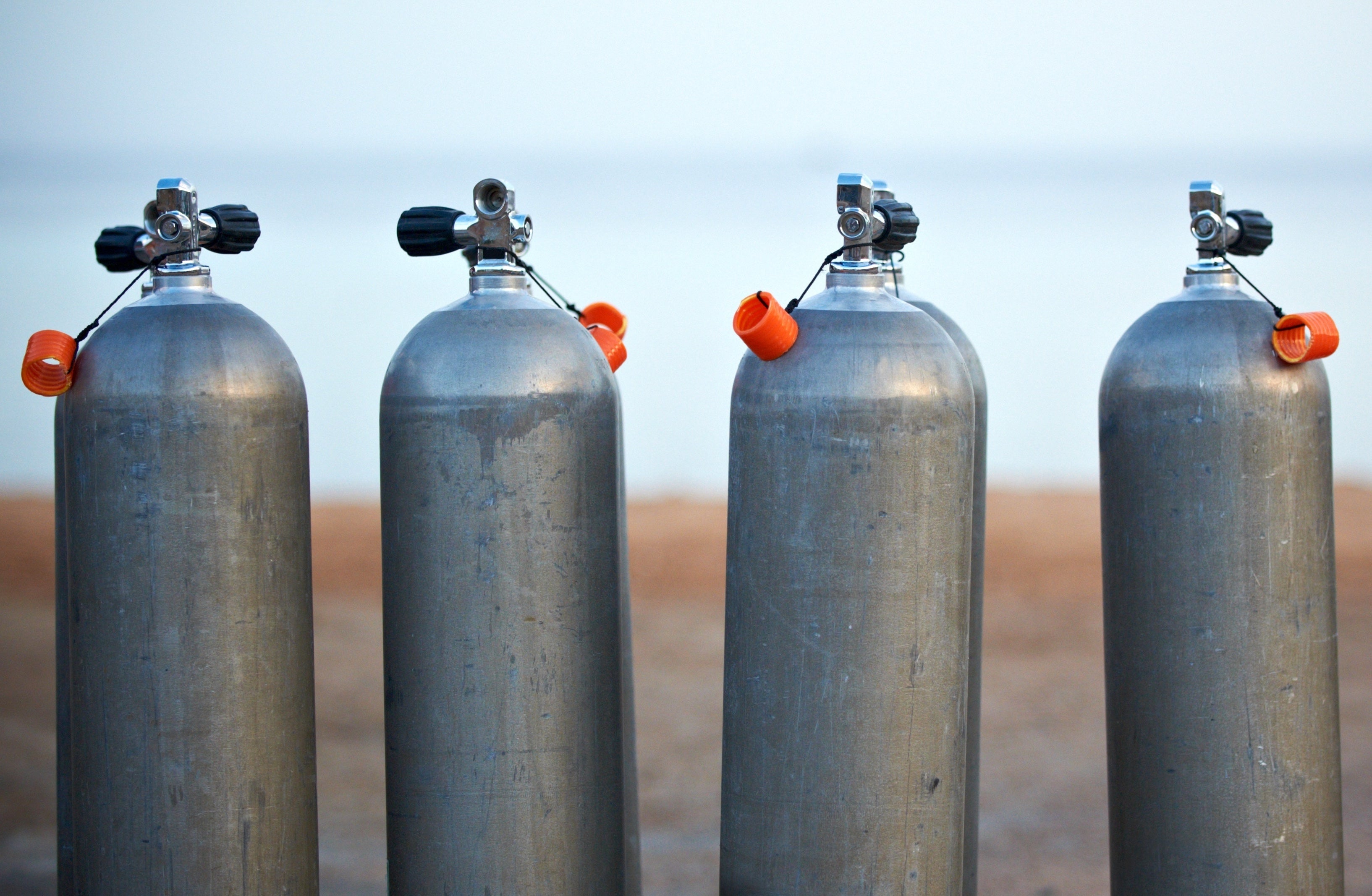
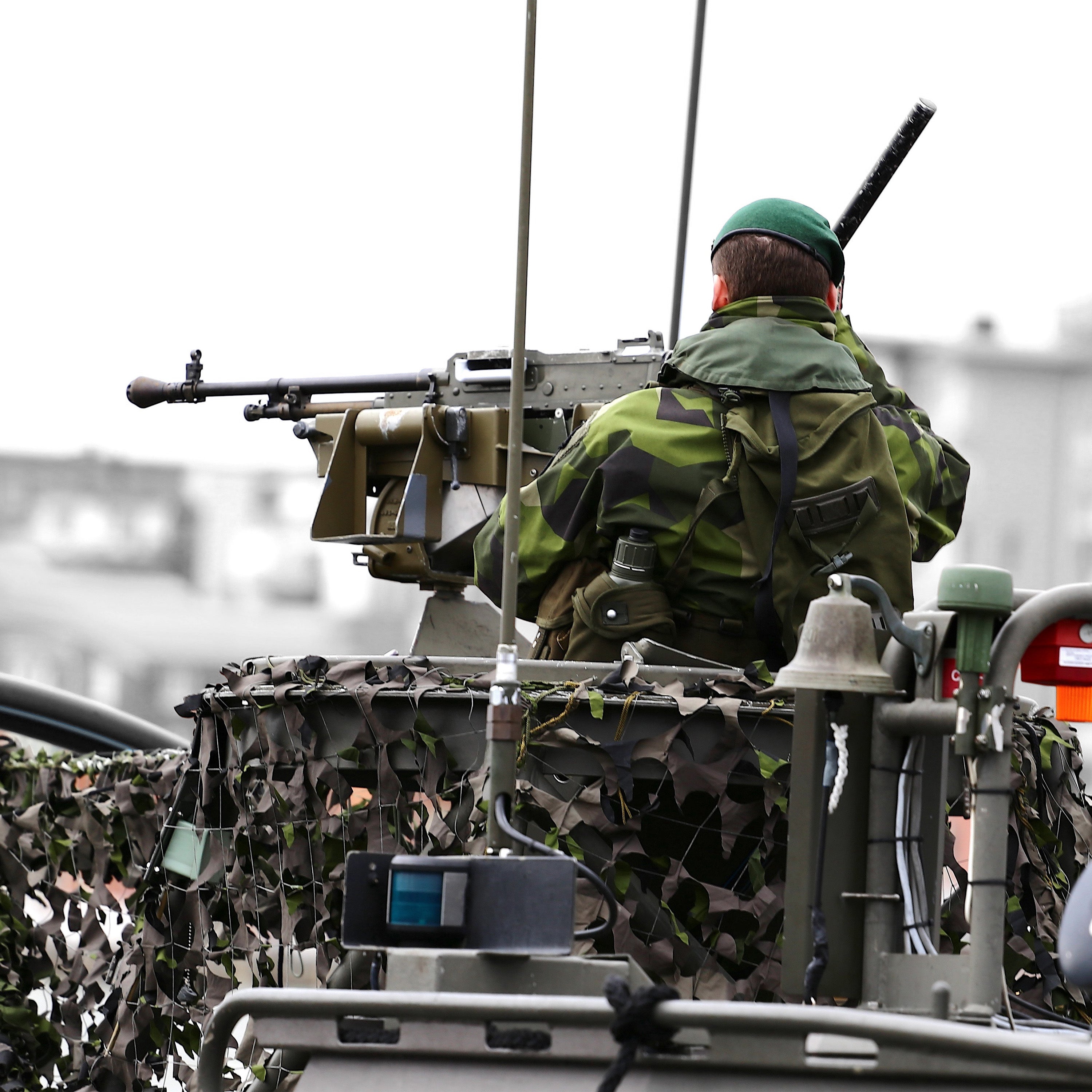
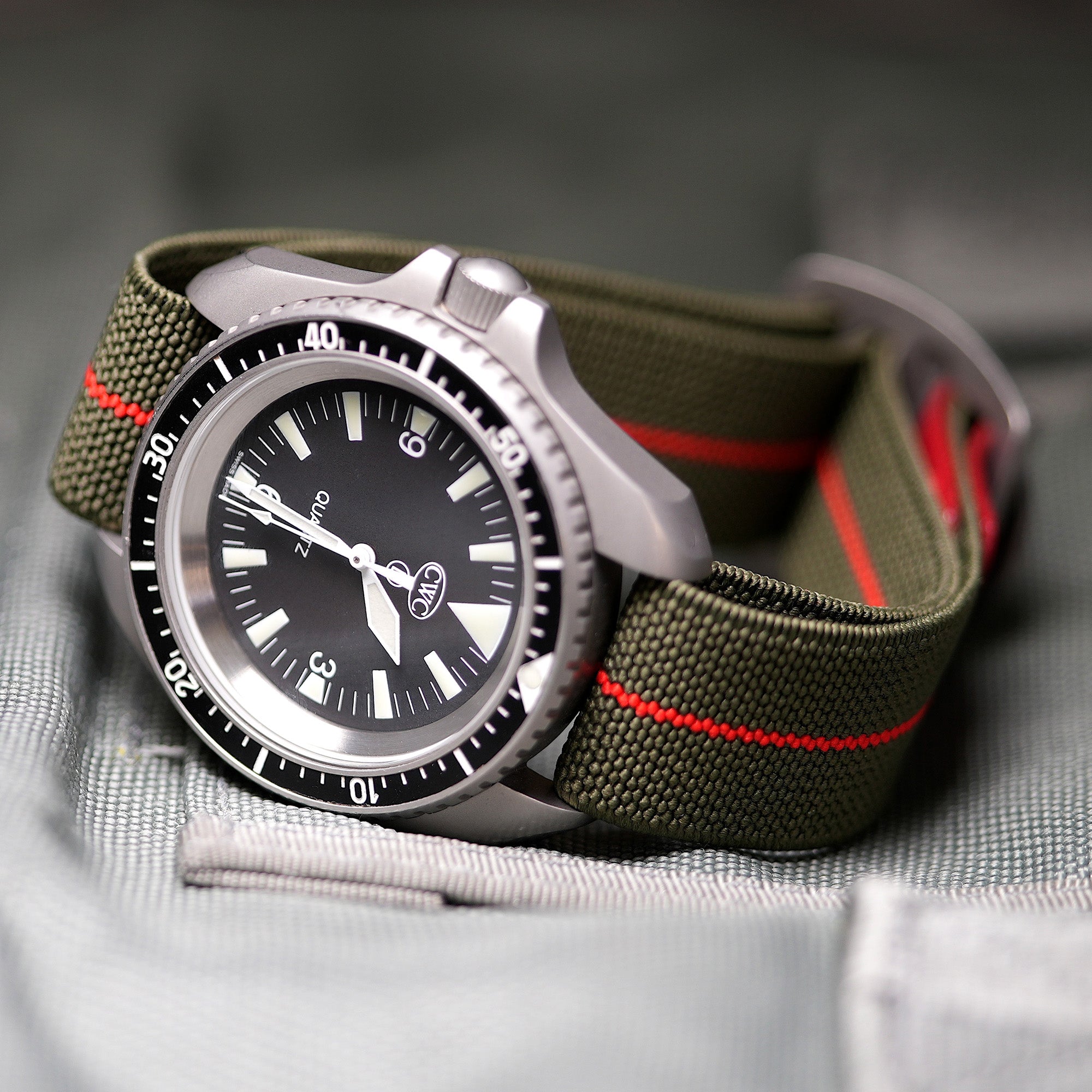
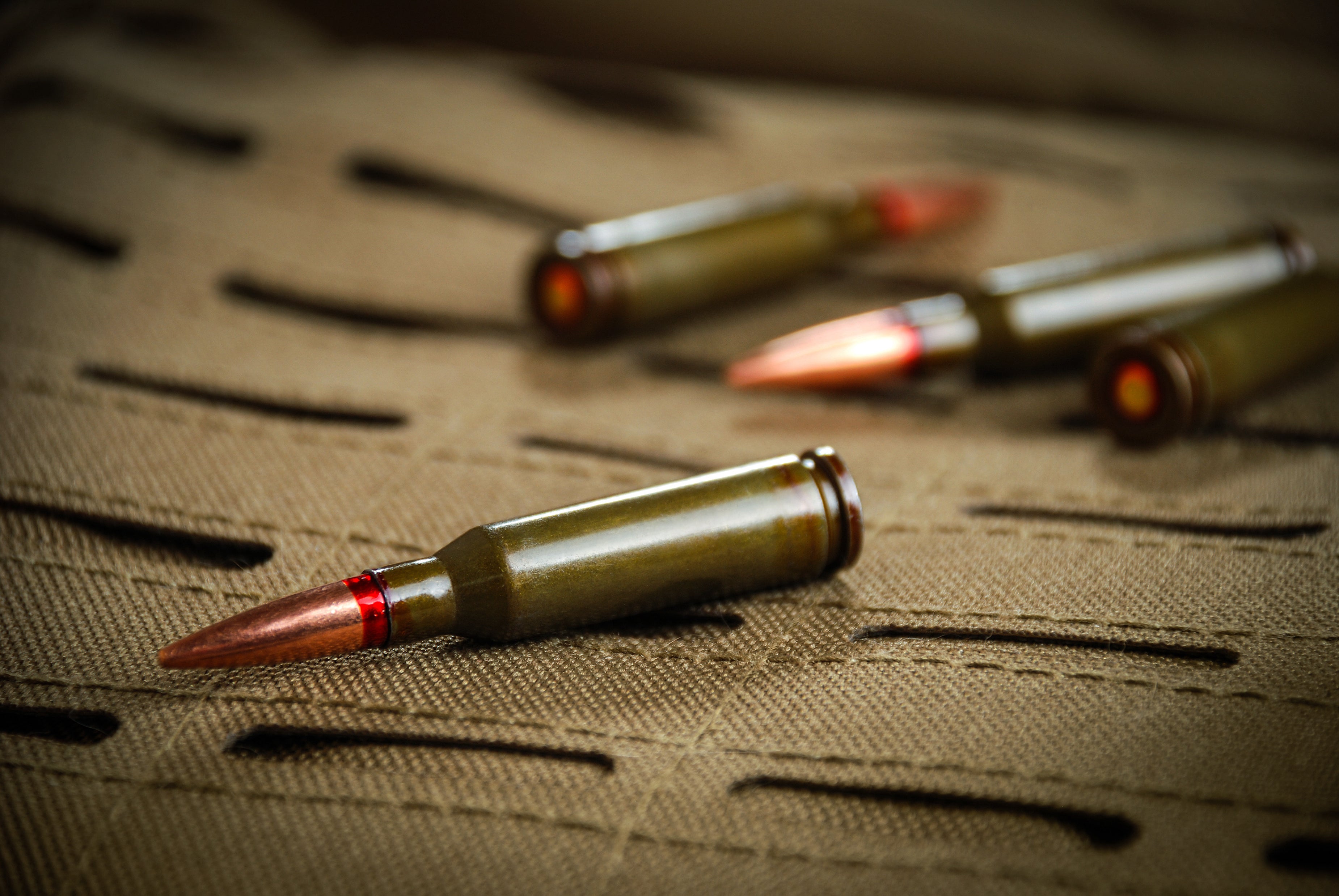
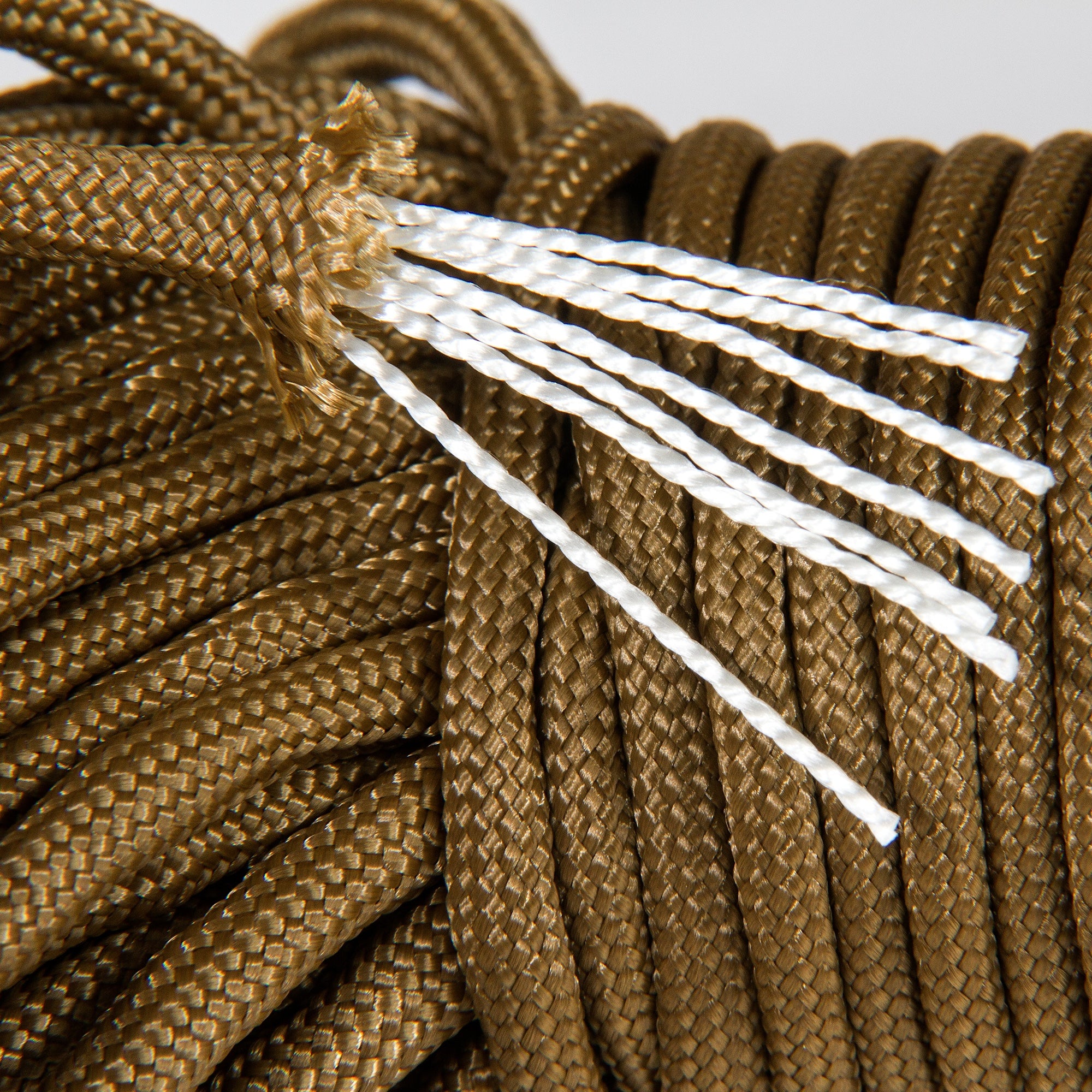
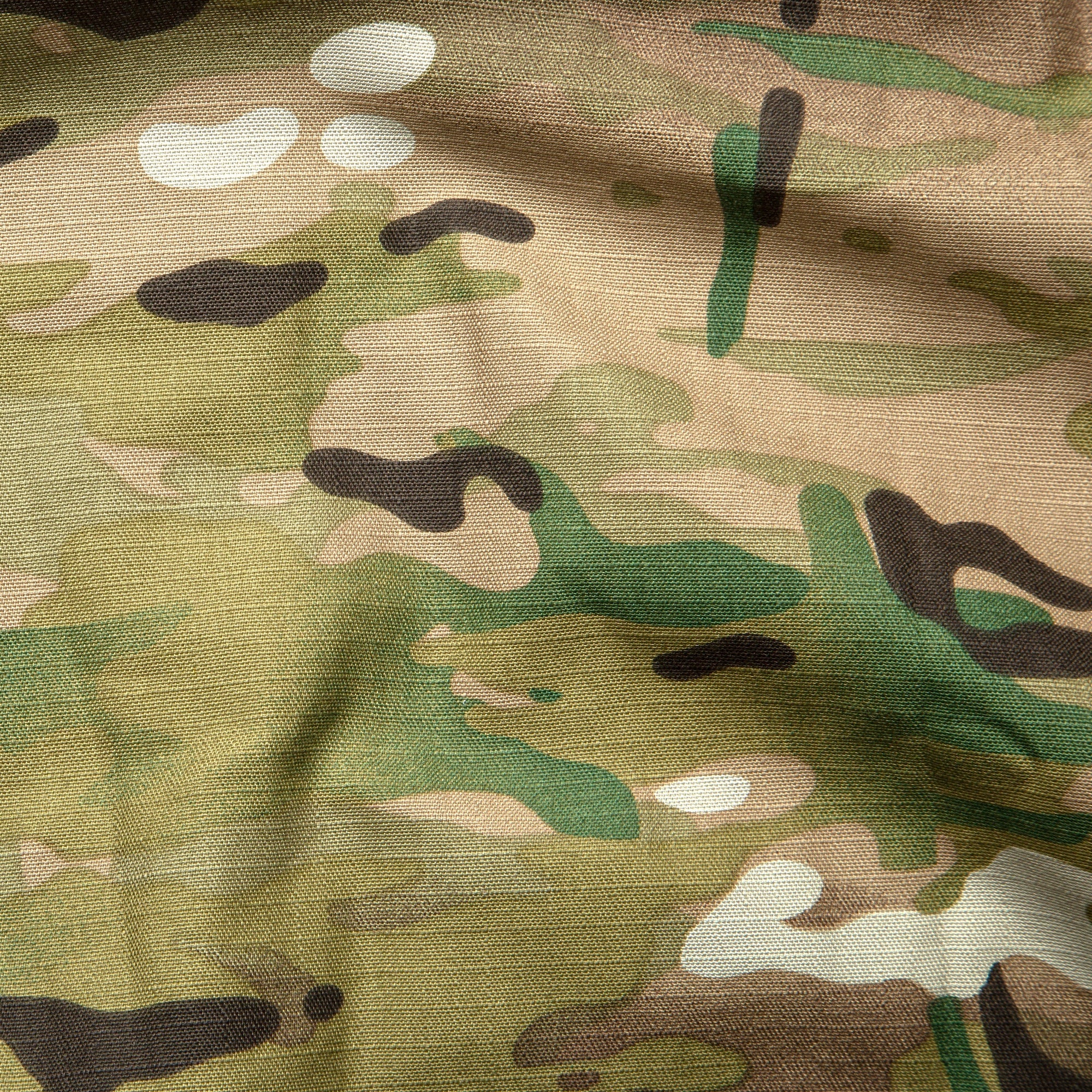

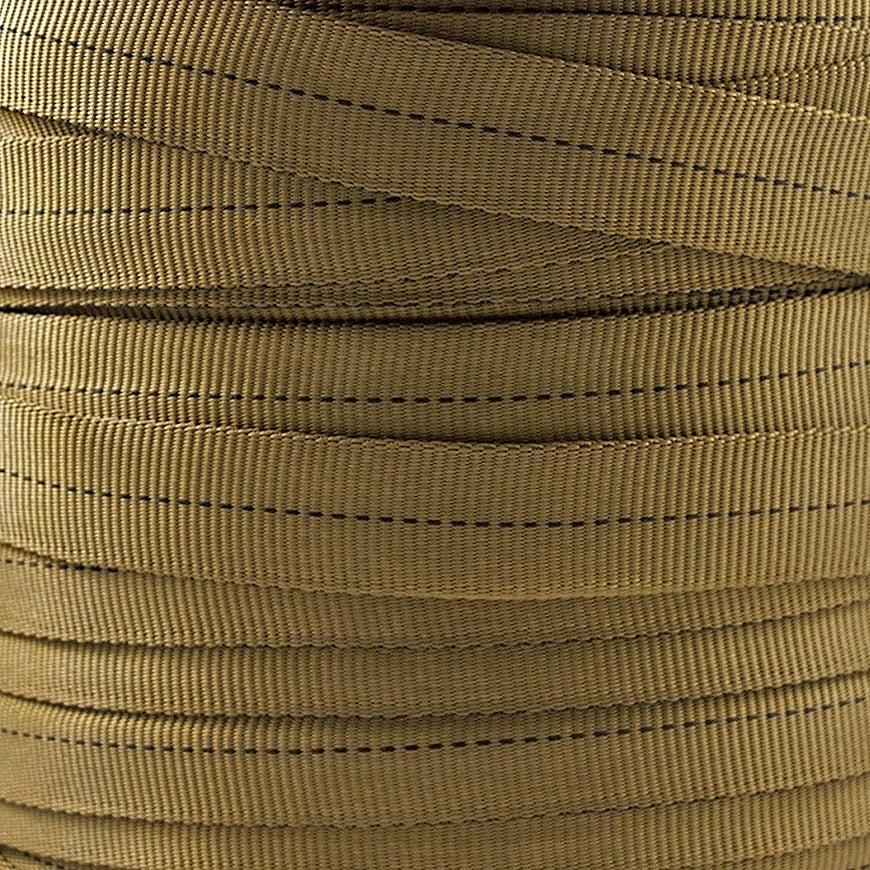


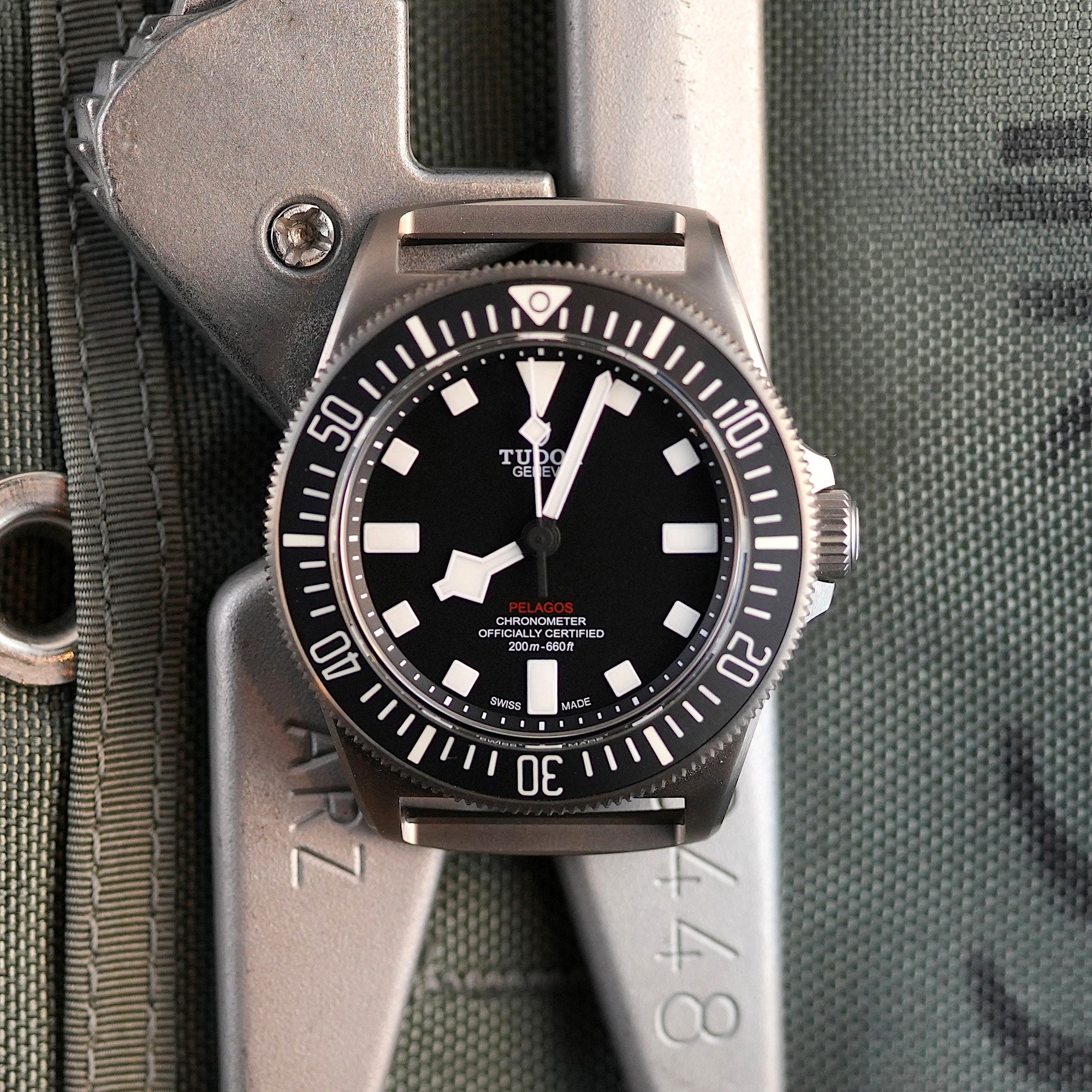
Share:
Jacques Cousteau’s Influence on Dive Watches: A Legacy of Precision and Exploration
The Bell UH-1 "Huey" Helicopter: A Symbol of the Vietnam War